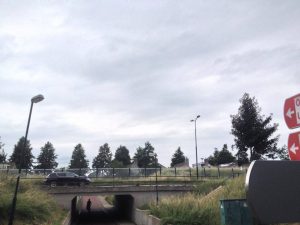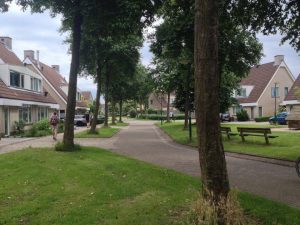This morning, Dr. G gave us a lecture about railways and trains. We compared the North American use of rail to that of Europe. In terms of freight transportation, Canada and the States have arguably the best rail system in the world, however in terms of passenger trains, countries like Japan, China, and all of Europe dominate. When you consider the many benefits of using rail for transporting both people and goods, it is easy to see how railways support sustainable communities. Fun fact, with a train, one ton can be transported 450 miles with only one gallon of fuel. Learning about how sustainable and environmentally friendly trains are got me wishing that Kelowna, the Okanagan, and even all of Canada had the population and the infrastructure to support an extensive passenger rail system like the ones they have in Europe. Unfortunately, Kelowna and most of Canada is not designed to the human scale, but to the car scale (very car-centric). So it would take major changes in city planning, projects, not to mention a very long time, before we could enjoy the many benefits of public rail transit that the Europeans have.
Later that morning, we had a guest lecture by one of the railway profs at TU Delft, Alfredo Vicencio. He first gave us a brief introduction of how the faculty of engineering at TU Delft operates, as well as his specific department. This was very interesting to see how TU Delft’s engineering program was organized. There are 6 departments in their engineering faculty; civil, remote sensing, hydraulics, water, transportation and planning, structural, and railway engineering. Professor Vicencio talked about how the whole railway system in the Netherlands operates. It is ran by the government, although there are private companies in charge of certain aspects. He also talked about what is taught in railway engineering and he talked about some of the research they conduct there relating to trains. After the lecture, which was really interesting (probably my favourite guest lecture), Professor Vicencio gave us a tour of the lab facilities at TU Delft that they use for testing of railways.
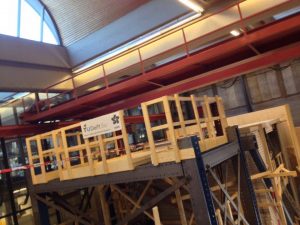
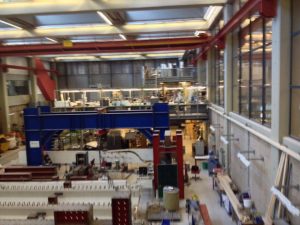
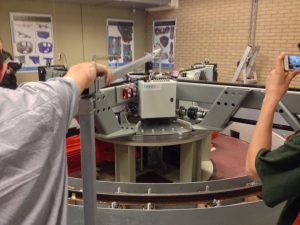
In the afternoon, we travelled down to the town of Houten.
Houten is a smaller city outside of Utrecht with a population of just under 50,000 people. This town is one of the newer towns in the Netherlands, it started to develope in the late 60’s. This meant that the Dutch planners could plan this town from scratch, something that is very rare in the Netherlands since most of the cities are hundreds and hundreds of years old. The city was planned with the train station being at the centre of the city, with a nice car free area in the city centre. As the city expanded, they built another train station, Houten-Zuid, in a similar fashion to the first area, with the station being at the centre, and houses being built around it. As shown in the picture below, the train rails cut right through the centre of the city.
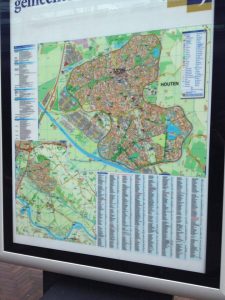
Another few things I thought were really interesting about Houten was that there was a perimeter road around the outside of the two city centres, but then when you traveled into the core, it is very car free. We walked through some of the residential roads in the core and it was very evident that cars are the visitors there, I only remember seeing four cars driving on the connector road, while we saw at least 50 people on bikes. They would ride their bikes on the road, as they have the right of way and the cars have to drive slow. There were also an amazing amount of parks, it seemed every block that there was a little park. All in all, Houten was a perfect example of a “human-scale” town. Below are some pictures of Houten:

